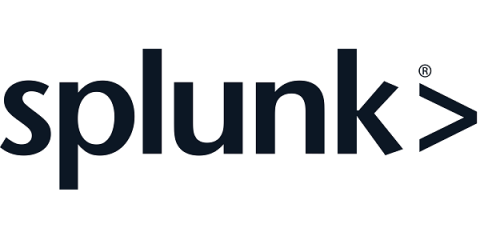The Hacker's Guide to The Cosmos (SDK): Stealing Millions from the Blockchain
Welcome, fellow travelers of the Cosmos! While we may not be traversing the stars on a spaceship, we are all interconnected through the powerful network of blockchains. Unfortunately, just like any technology, vulnerabilities can be discovered and exploited. In this post, we’ll present a critical vulnerability in a Cosmos-SDK blockchain that is explicitly related to the Inter-Blockchain Communication Protocol (IBC).










